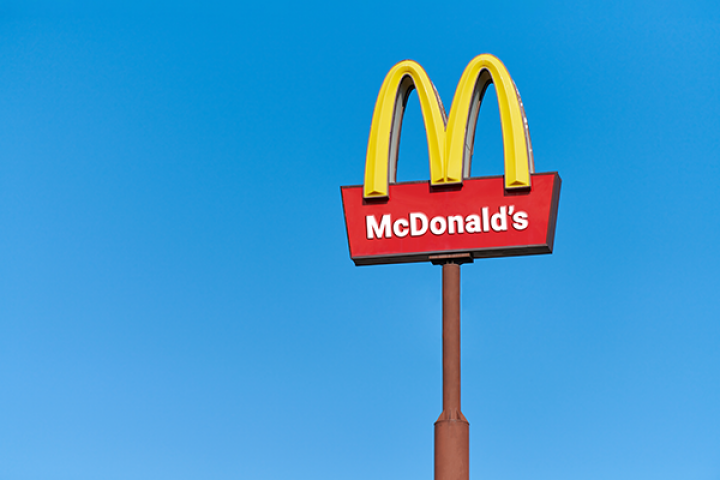McDonald’s packaging: From disposable to reusable plastic

Rethinking packaging
MacDonald’s customers can now enjoy their burgers, chicken nuggets and frozen desserts in reusable packaging, specially developed for the French arm of the brand — a world first! Tritan is the chosen material for this new packaging. This is a brand of plastic (polyester, to be precise) which gives the packaging a longer life span and guarantees safety and hygiene for consumers. About ten items of packaging have been made from this new material (including glasses, containers, bowls and cutlery). The holder for chips is made from polypropylene.
This new range of red packaging adorned with the brand’s famous logo is particularly durable. It’s shatterproof (making it perfectly safe for little hands), handles frequent and intensive dishwashing, and preserves food quality. Plus, it’s easy to store!
Making customers aware of the need to change our consumption habits
Once they’ve finished their meal, customers drop the used packaging in a dedicated area. In order to facilitate this change, customers are guided throughout their visit: from the entrance of the restaurant, where signs that explain the system are displayed, all the way to the sorting bins, where employees are on hand to help.
The packaging will be washed and dried according to the company’s strict hygiene measures, allowing it to be reused numerous times. Once it reaches its end-of-life, it will be recycled.
A change for everyone
This new packaging required an investment of several tens of thousands of euros per restaurant. Aside from the packaging, establishments must equip themselves with dishwashers, dryers and even ventilation to regulate humidity. Restaurant teams also have to adapt to this change, with more staff learning new responsibilities such as handling, storing and washing dishes. It also means a change for the customers, who have to remember to sort their trays and not leave with the new packaging, intentionally or not…
Between the launch of the project at the beginning of 2020 and the deployment of this new range, MacDonald’s will have spent a total of three years of R&D work on all aspects of the project (washing up, packaging, equipment, team training): from validating samples and carrying out studies on pilot restaurants to deploying the reusable packaging.
With this reusable packaging, the company hopes to reduce its waste by 8000 tonnes/year in France. More broadly, this measure “will make it possible to put an end to the waste of 20 billion plates, cups, cutlery and other disposable containers each year in the fast food industry”, according to the Ministry of Ecological Transition.
More information:
www.mcdonalds.fr





